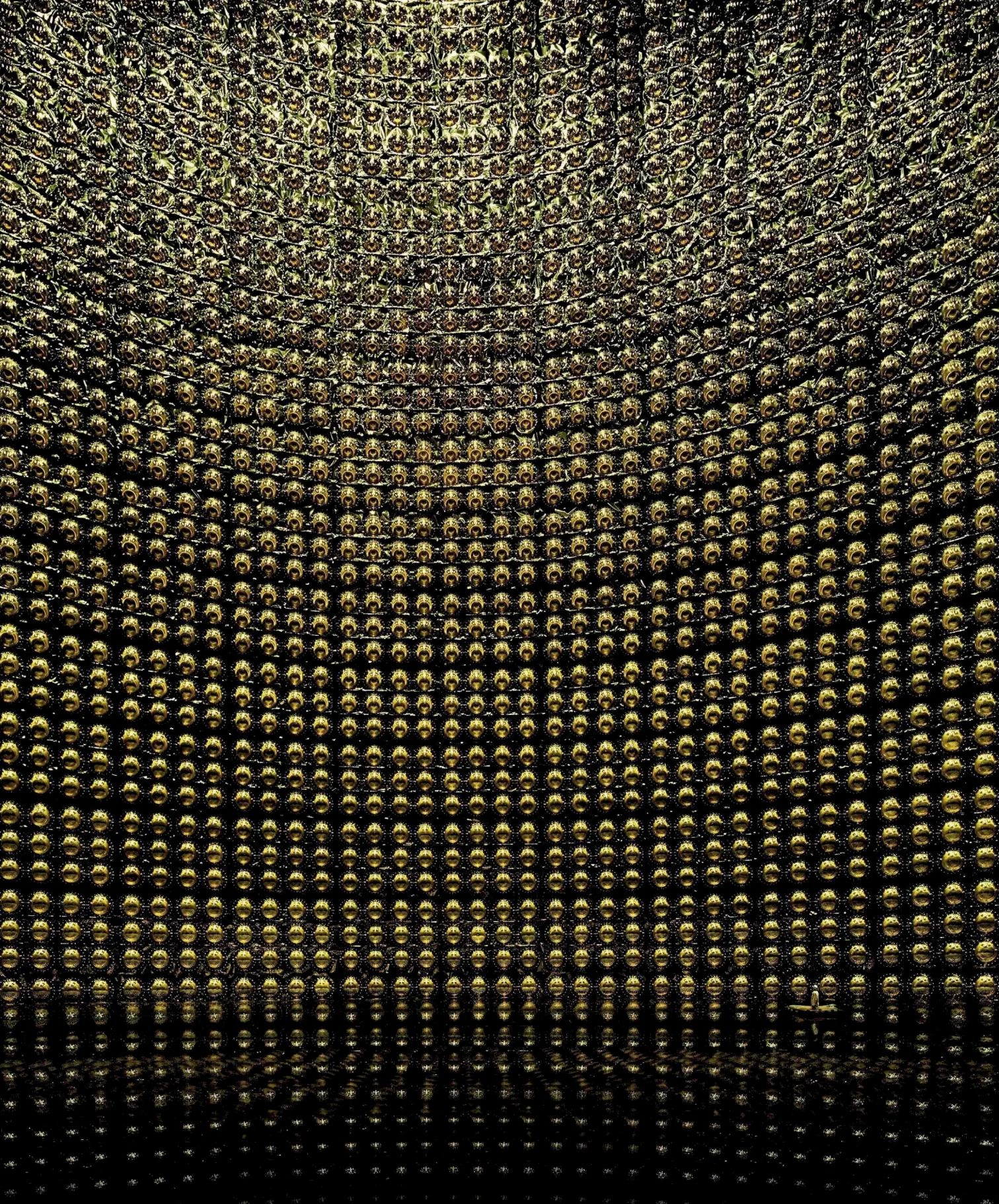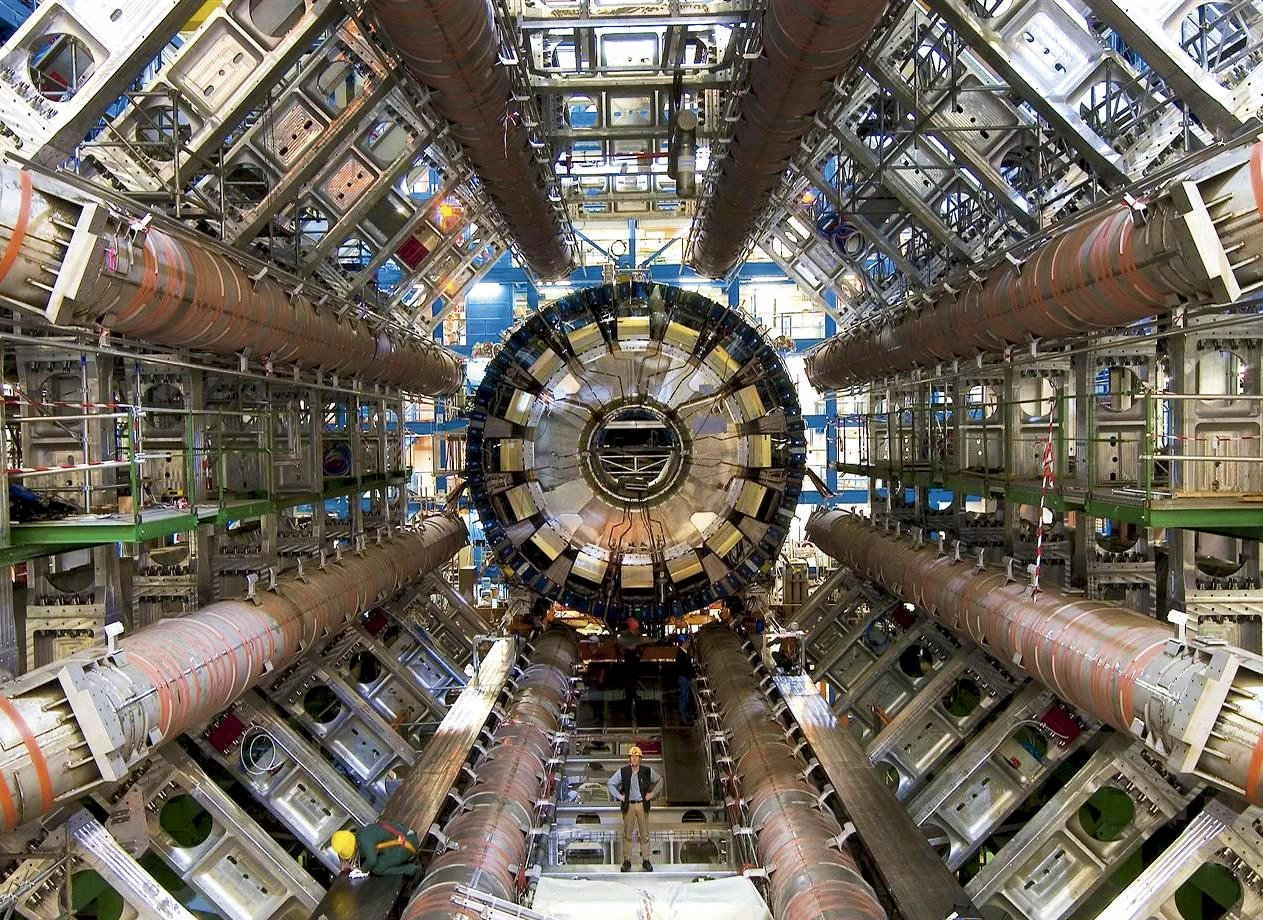
Observatorio de neutrinos Super-Kamiokande, Hida (Japón)
This is an anomalous spring. Anomalous in health, with a pandemic that has reached tragic levels in India; anomalous in climate, with the multiplication of extreme phenomena that make the crisis visible; and anomalous in geopolitics, with an increasing tension between powers that threatens stability. In contrast, the season has started with good scientific news: the efficiency of vaccines, developed in a short time with innovative techniques; the advances in climate research, which have prompted ambitious programs in the US and China; and, last but not least, the detection of anomalies – stimulating this time – in the behavior of muons that question the Standard Model of particle physics, opening new paths in the explanation of the laws of nature: the atypical deviation of muons found at Fermilab and the alteration in the decomposition of B mesons in the Large Hadron Collider are two anomalies with great theoretical fertility.
Both the Fermilab in Chicago and the LHC in Geneva are particle accelerators, huge rings that stretch over the territory or underneath it to put the laws of physics to the test, and the latter is in fact the largest machine built by humans. They look like constructions, but in truth they are huge scientific instruments, something we could also say about many remarkable architectures, from the astronomy observatory of Jai Singh in Jaipur to the Einstein Tower in Potsdam, built by Mendelsohn to house experiments that could prove the theory of relativity: we are duly fascinated by the huge antennae of radio telescopes like the Chinese FAST, or by the oneiric spaces of neutrino observatories like the Japanese Super-Kamiokande, a cylinder 40 meters tall and 40 in diameter, buried one kilometer deep, and that with 13,000 photomultiplier tubes and 50,000 tons of ultrapure water is used both for particle physics and to explore the universe.
The anomalies of daily life and the anomalies in muon behavior are tied by the link of basic science, the essential support for the research that supplies objective knowledge and efficient remedies to the health and climate challenges of our times. But scientific reason, as the physicists who developed the atomic bomb show, cannot tame the runaway horse of human passions and political conflict. By unique coincidence, the latest Goncourt Prize went to L’Anomalie by Hervé Le Tellier, a science-fiction story that takes an implausible event as a chance to explore the consequences in everyday life and scientific truth of the duplication produced by an anomaly. The book starts with a quote: “Il est une chose admirable qui surpasse toujours la connaissance, l’intelligence, et même le génie, c’est l’incompréhension.” In these anomalous times, what is not understood is a dark light that questions convention and offers a promise of knowledge.

Acelerador de partículas del CERN, Ginebra





